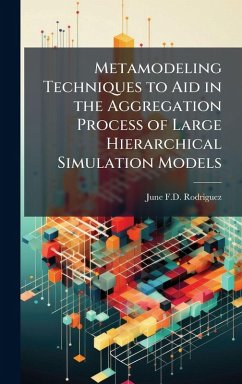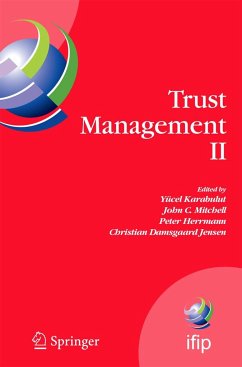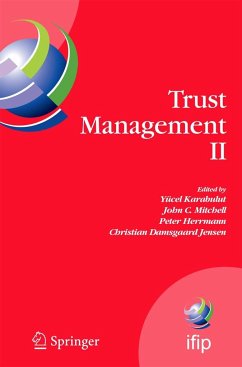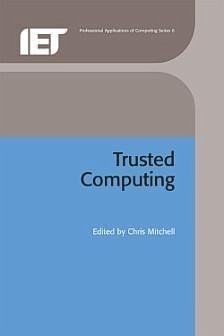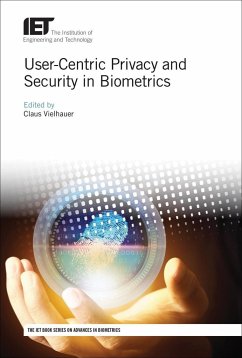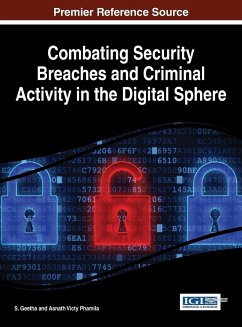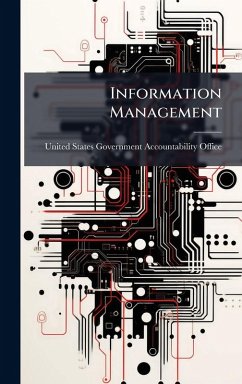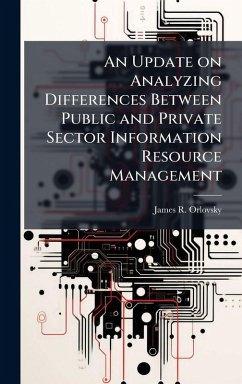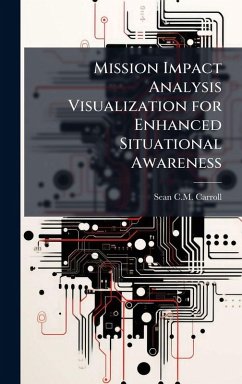
Using Hierarchical Temporal Memory for Detecting Anomalous Network Activity
Versandkostenfrei!
Versandfertig in über 4 Wochen
30,99 €
inkl. MwSt.
Weitere Ausgaben:

PAYBACK Punkte
15 °P sammeln!
This research is motivated by the creation of intelligently autonomous cybercraft to reside in the intangible environment of cyberspace and maintain domain superiority. Specifically, this paper offers 7 challenges to the development of such a cybercraft. The focus is analysis of the claims Hierarchical Temporal Memory (HTM). In particular, HTM theory claims to facilitate intelligence in machines via accurate predictions. It further claims to be able to make accurate predictions of unusual worlds, like cyberspace. The primary objective is to provide evidence that HTM facilitates accurate predic...
This research is motivated by the creation of intelligently autonomous cybercraft to reside in the intangible environment of cyberspace and maintain domain superiority. Specifically, this paper offers 7 challenges to the development of such a cybercraft. The focus is analysis of the claims Hierarchical Temporal Memory (HTM). In particular, HTM theory claims to facilitate intelligence in machines via accurate predictions. It further claims to be able to make accurate predictions of unusual worlds, like cyberspace. The primary objective is to provide evidence that HTM facilitates accurate predictions of unusual worlds. The second objective is to lend evidence that prediction is a good indication of intelligence. A commercial implementation of HTM theory is tested as an anomaly detection system and its ability to define network traffic (a major aspect of cyberspace) as benign or malicious is evaluated. Through the course of testing the performance of this implementation is poor. An independent algorithm is developed from a variant understanding of HTM theory. This alternate algorithm is independent of cyberspace and developed solely (but also in a contrived abstract world) to lend credibility to the use of prediction as a method of testing intelligence. This work has been selected by scholars as being culturally important, and is part of the knowledge base of civilization as we know it. This work was reproduced from the original artifact, and remains as true to the original work as possible. Therefore, you will see the original copyright references, library stamps (as most of these works have been housed in our most important libraries around the world), and other notations in the work. This work is in the public domain in the United States of America, and possibly other nations. Within the United States, you may freely copy and distribute this work, as no entity (individual or corporate) has a copyright on the body of the work. As a reproduction of a historical artifact, this work may contain missing or blurred pages, poor pictures, errant marks, etc. Scholars believe, and we concur, that this work is important enough to be preserved, reproduced, and made generally available to the public. We appreciate your support of the preservation process, and thank you for being an important part of keeping this knowledge alive and relevant.



